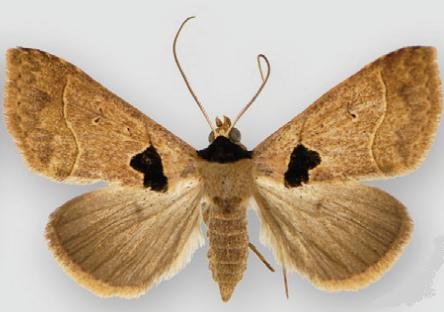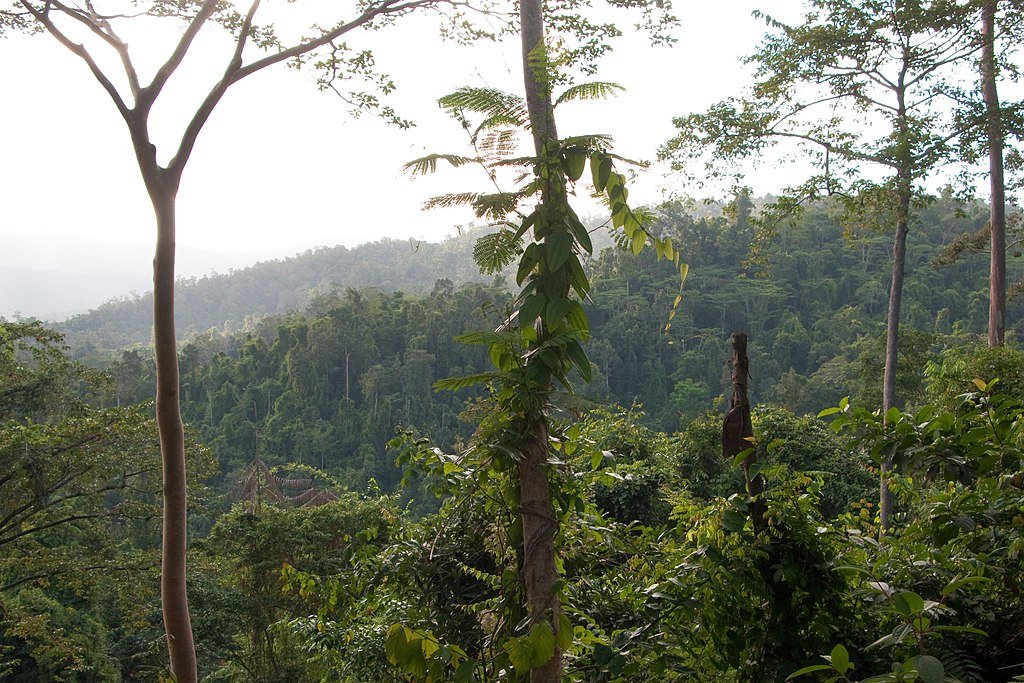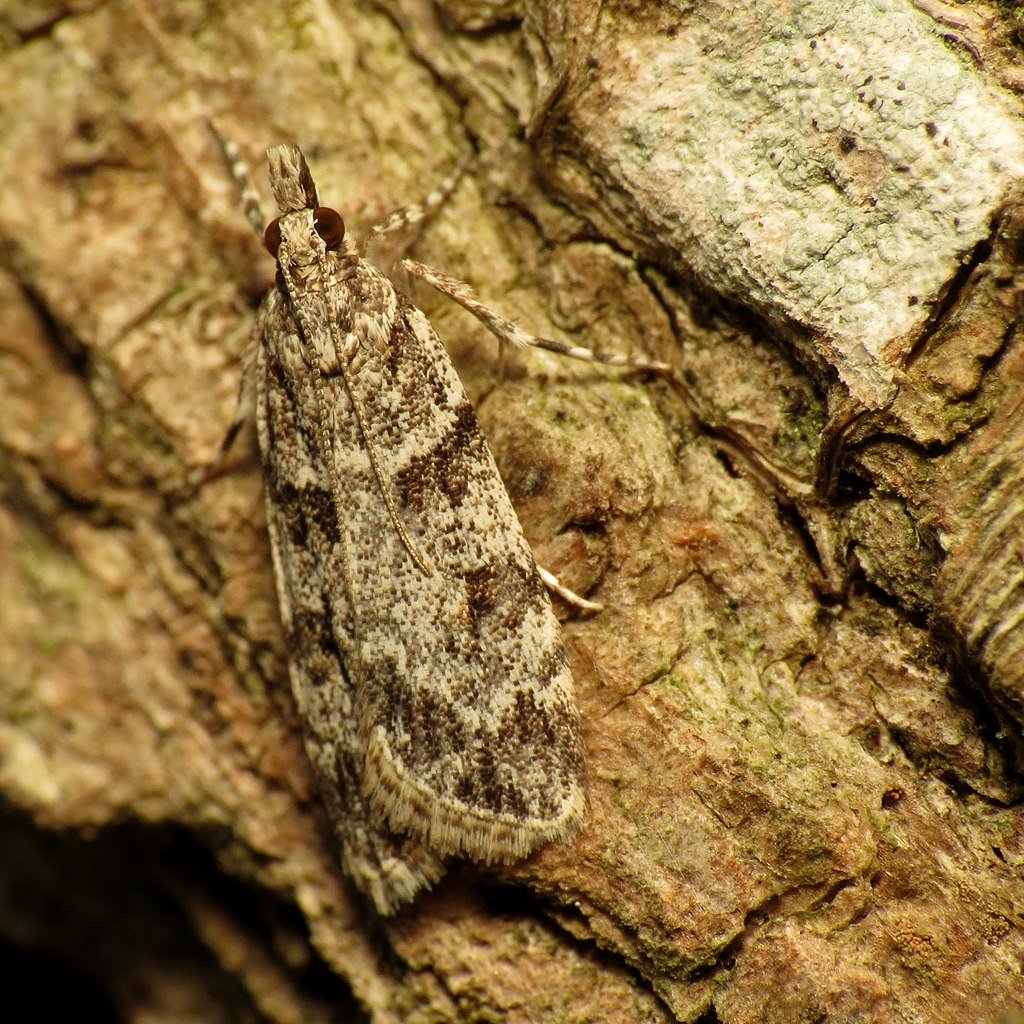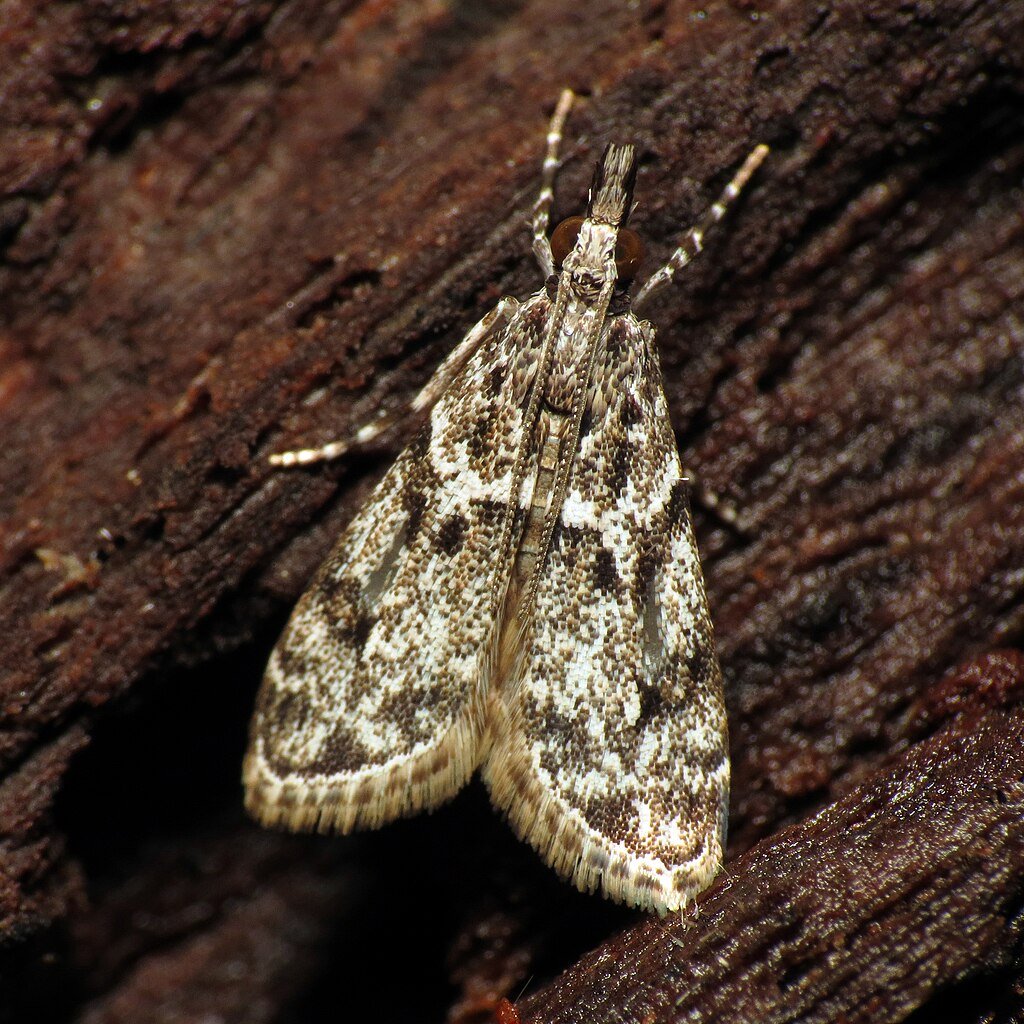Buried deep within European museum archives, amidst thousands of mounted insects, was a secret that had the potential to rechart our definition of biodiversity in one of the most imperiled ecosystems on Earth. Researchers from the Museum für Naturkunde Berlin have discovered 40 previously unknown moth species in the Philippines, all entirely new to science. But this incredible find has a sobering truth: several of these species might already be on the verge of extinction, their habitats being lost before we even realized they were there.
A Treasure Trove Hidden in Plain Sight

The breakthrough didn’t come from an expedition into remote rainforests but from dusty drawers in Berlin and Copenhagen. The moths had been collected over 30 years ago in the Philippines, preserved but never thoroughly examined until now. Using integrative taxonomy, a cutting-edge approach combining DNA analysis with physical traits, researchers identified dozens of new species within the snout moth family (Crambidae).
“These specimens were sitting in cabinets for decades, waiting to tell their story,” says Dr. Théo Léger, lead author of one of the studies. “It’s a reminder that some of the most important discoveries in science don’t always require new fieldwork sometimes, they’re right under our noses.”
Cryptic Species: Nature’s Master of Disguise

One of the most surprising findings was the prevalence of cryptic species moths that look nearly identical but are genetically distinct. This phenomenon, common in insects, suggests that biodiversity may be far richer than we realize. “What we once thought was a single species could actually be five or six,” explains Anne Müller, who led the second study. “Without genetic testing, we’d never know.”
This discovery has major implications for conservation. If species are misidentified, their true extinction risks could be overlooked making accurate documentation a race against time.
Why the Philippines? A Biodiversity Hotspot Under Siege

The Philippines is one of the planet’s most ecologically critical and endangered regions. With more than 7,000 islands, it hosts countless endemic species found nowhere else. But it’s also one of the most deforested countries in Southeast Asia, with less than 20% of its original old-growth forests remaining.
“Every new species we find here is a small victory,” says Léger. “But it’s bittersweet because we don’t know how many have already been lost.”
Snout Moths: More Than Meets the Eye

Though frequently upstaged by more showy butterflies, snout moths have important ecological functions. Some pollinate; others break down plant material. But a few, such as the bemoaned rice stem borer, are among Asia’s most voracious agricultural pests and each year result in billions of dollars of crop losses.
Learning about these species is not only discovery, but also food security, pest management, and ecosystem balance.
The Urgent Case for Museum Science
This study underscores the untapped value of museum collections. “There are likely thousands more undescribed species in drawers around the world,” says Müller. “But funding for taxonomy is shrinking, and many specimens may never be studied before their habitats disappear.”
With climate change and deforestation accelerating, time is running out. Could these 40 moths be nature’s final whisper, a fleeting glimpse of biodiversity before it vanishes?
What’s Next? The Hunt for More Hidden Species

The researchers believe remote Philippine mountain ranges could harbor countless more undiscovered species. Future expeditions may reveal them but only if their habitats survive.
“Every species we document is a piece of the puzzle,” says Léger. “And right now, we’re working with a picture that’s fading fast.”
Final Thought: A Discovery That Demands Action

Discovering 40 new species is something to be hailed. But it’s a wake-up call instead of a time for celebration. In a world where species are vanishing quicker than we can list them, these moths are both a scientific success and a grim reminder of what we risk losing. Will we do it in time or will future discoveries only be made from museum specimens of gone-extinct creatures?
Sources:

Jan loves Wildlife and Animals and is one of the founders of Animals Around The Globe. He holds an MSc in Finance & Economics and is a passionate PADI Open Water Diver. His favorite animals are Mountain Gorillas, Tigers, and Great White Sharks. He lived in South Africa, Germany, the USA, Ireland, Italy, China, and Australia. Before AATG, Jan worked for Google, Axel Springer, BMW and others.




